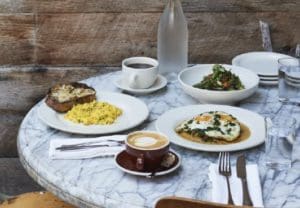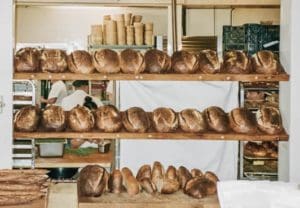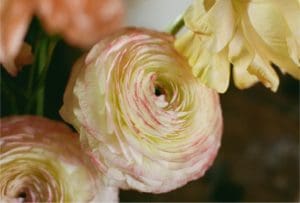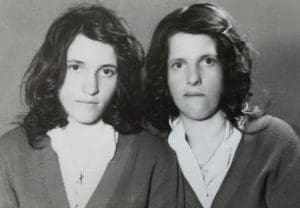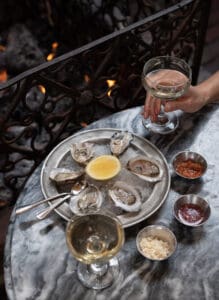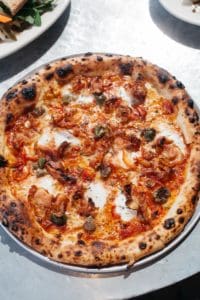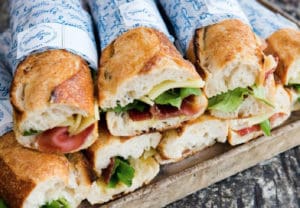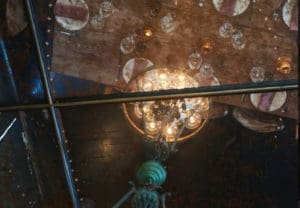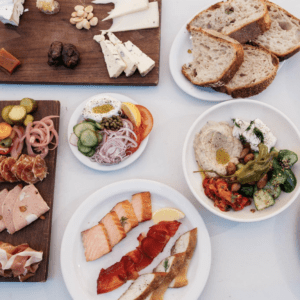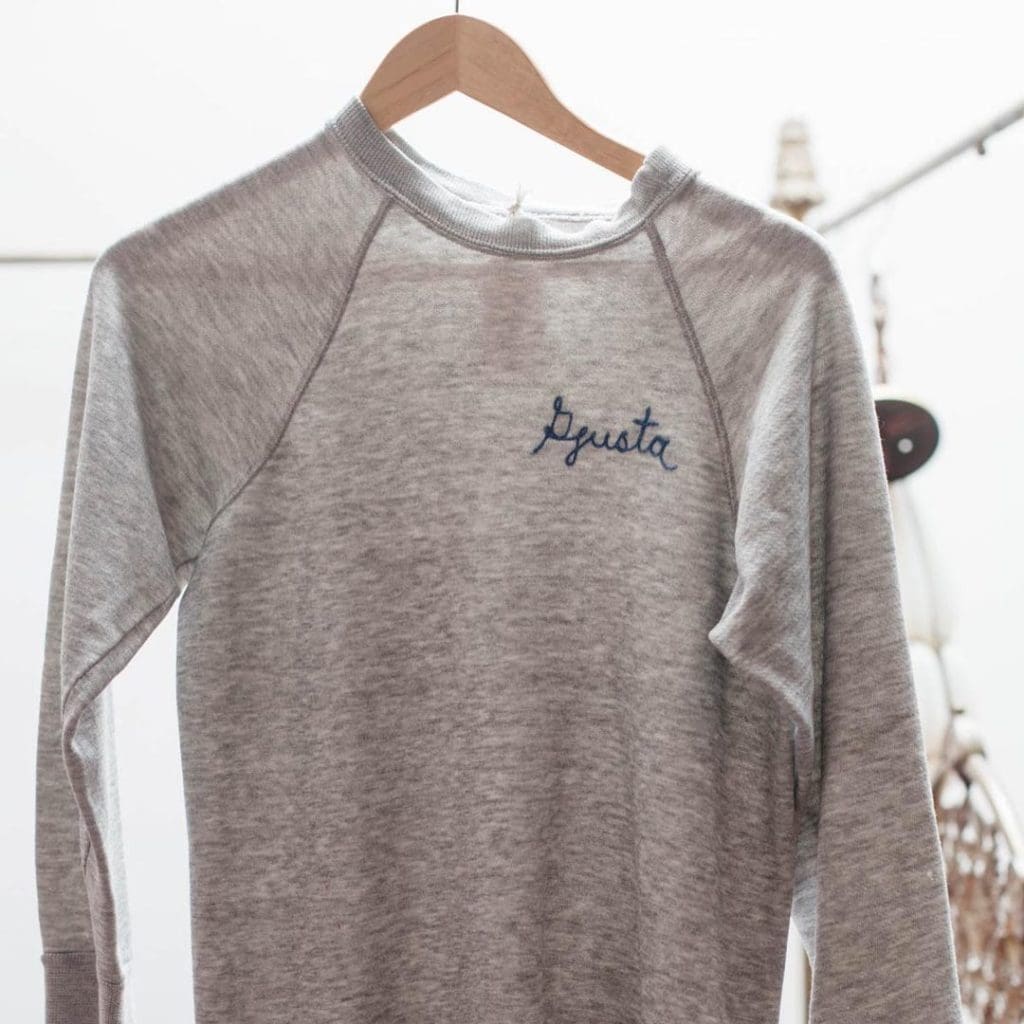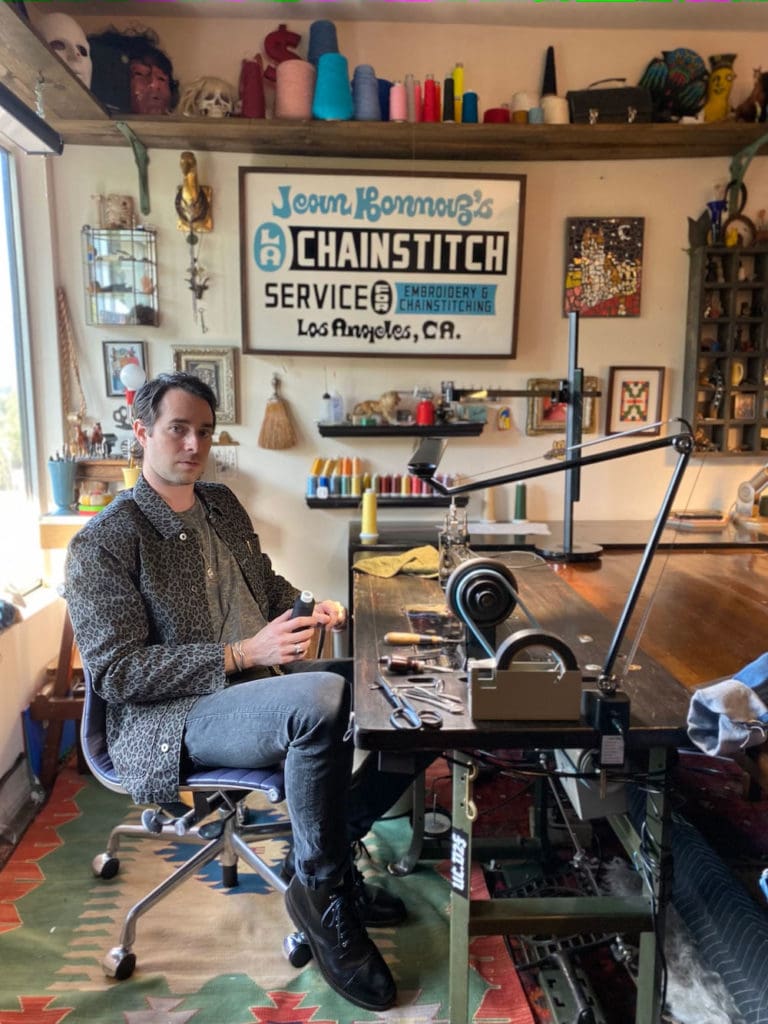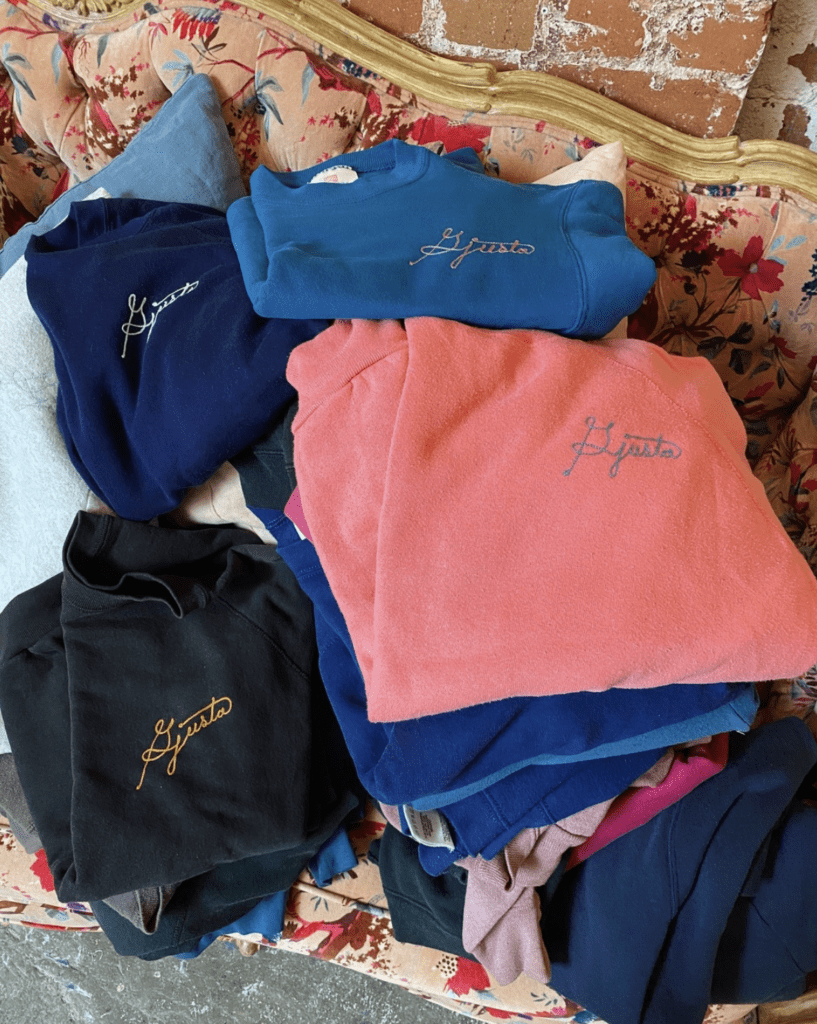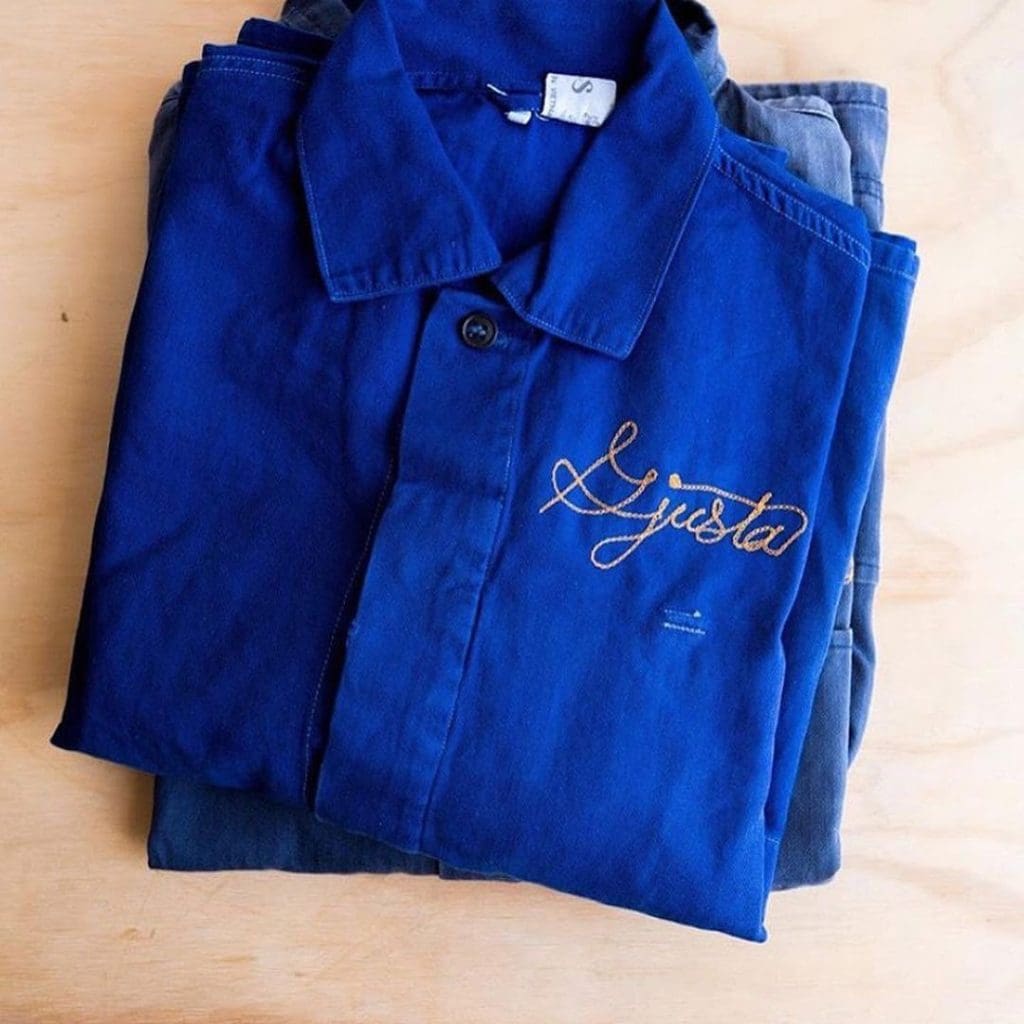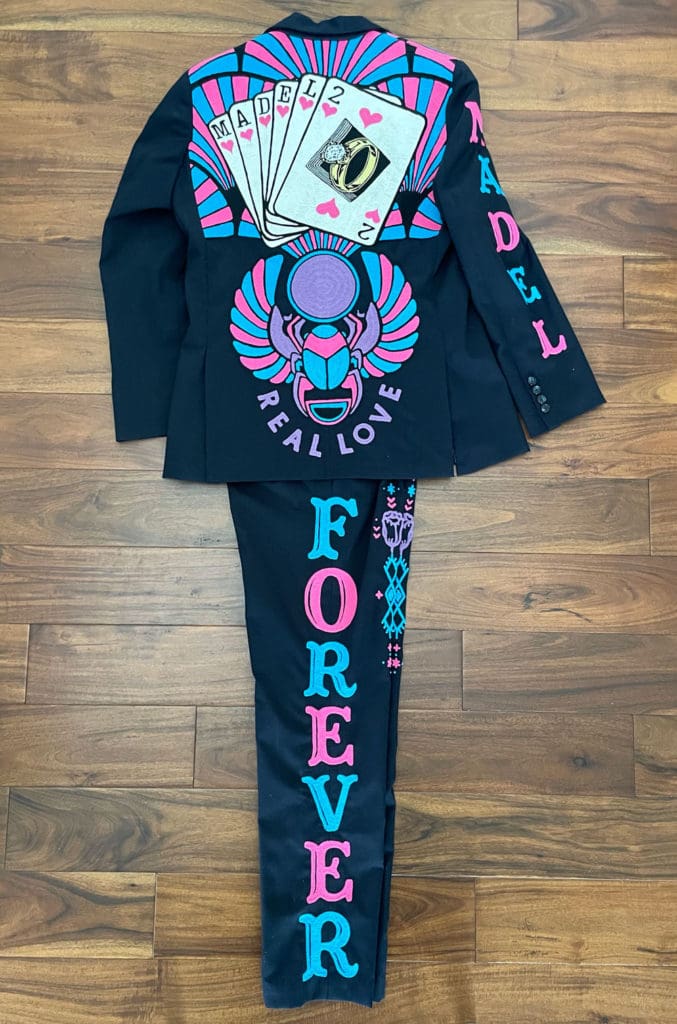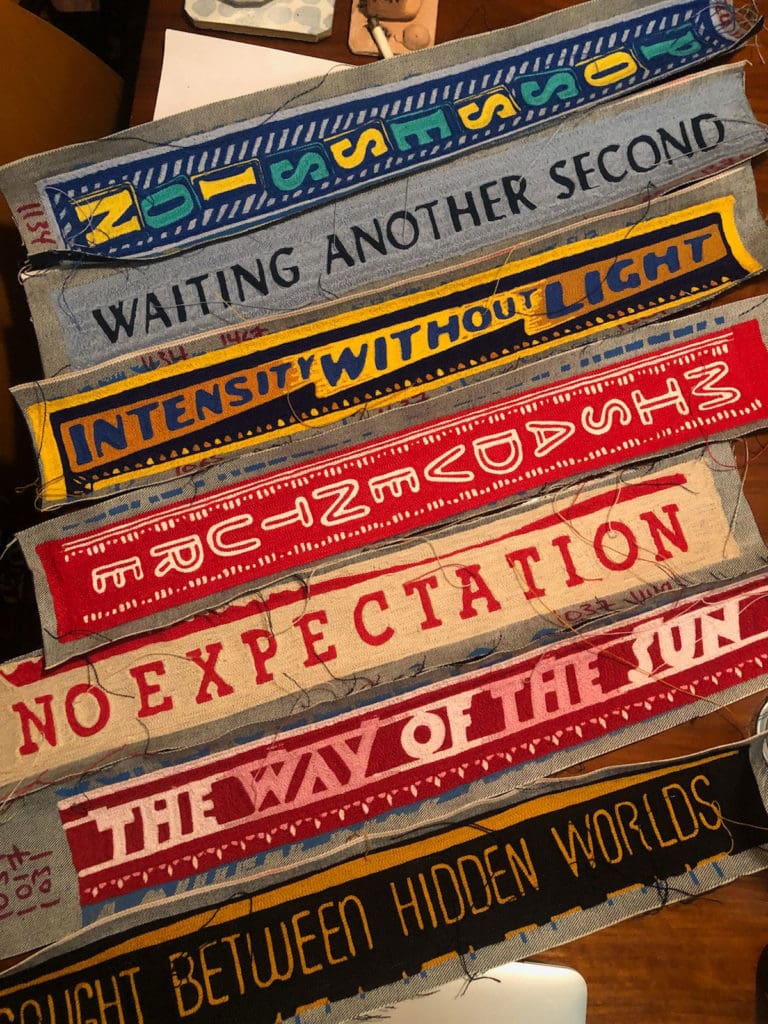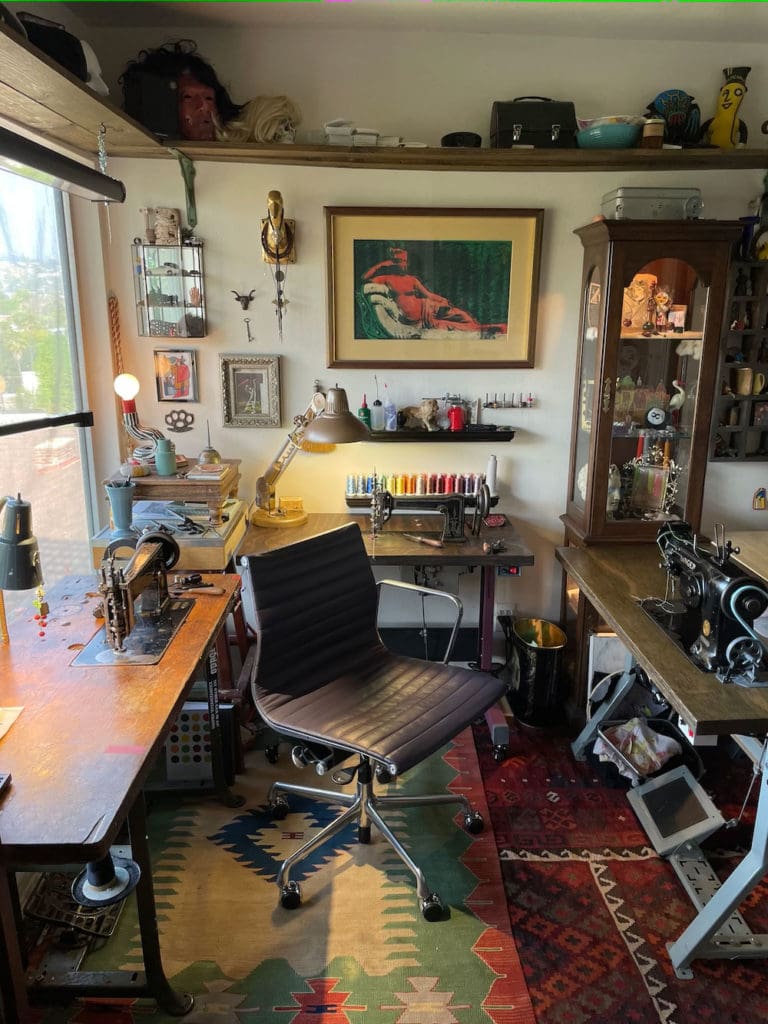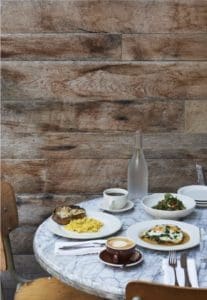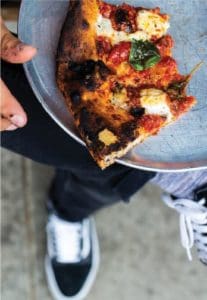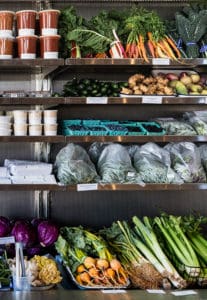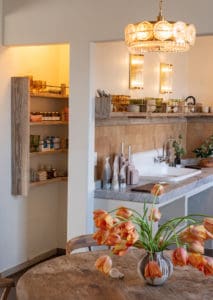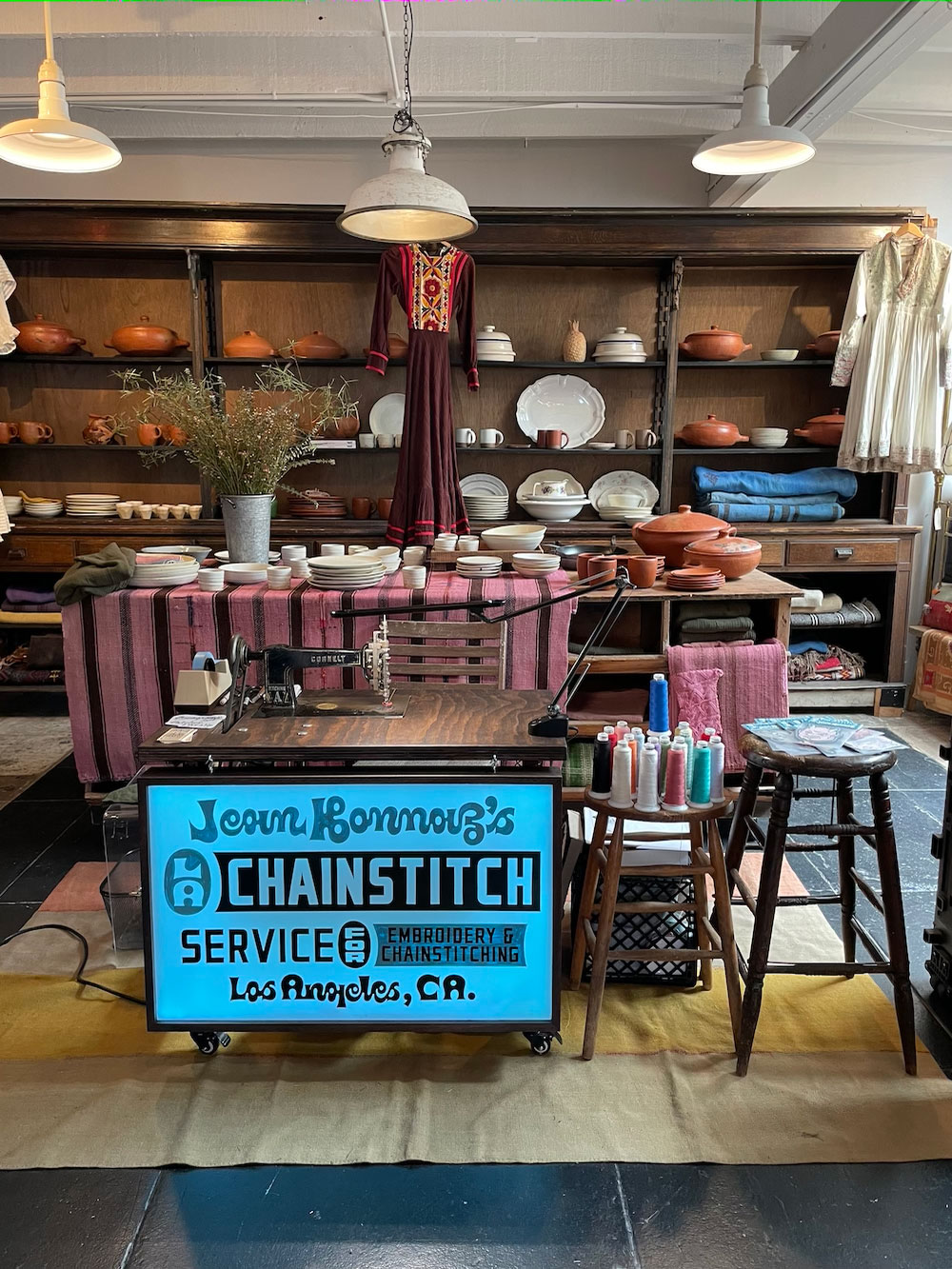
Conversations: Elliot Kurtz of Jean Bonnaz
This week we’re happy to share a conversion with Elliot Kurtz, founder of Jean Bonnaz and a longtime Gjusta Goods friend and collaborator. With Jean Bonnaz, Elliot creates custom “chain stitched” embroidery, a traditional technique originally developed in the 1860s that still utilizes the original tools and process to add one-of-a-kind, artful personalization to all forms of textiles.
To discover more about Elliot’s work, background, inspirations, and journey to where he is today — read on.
Jean Bonnaz x Gjusta Goods Pop Up
Join us in Venice for two days of custom chain stitching at Gjusta Goods with Elliot — book a time slot and bring your favorite vintage pieces to add personalized embroidery (or pick up something in-store):
October 16-17, with time slots available between 10:30am-5pm
Reserve a time
Can you share more about your background and how you came to chain stitching?
When I lived in NY in 2014, one of my friends had a chainstitch embroidery machine and was making really amazing stuff. I had made a design that I wanted to put on a jacket that was elaborate and big, and my friend didn’t have the time to make it for me. (This is an interesting point to look back on 8 years later, as at the time I didn’t understand how much time and effort goes into making a chain stitched image.) My friend decided he would just show me how to use the machine so I could make it for myself. I soon learned that I wouldn’t be able to make anything this elaborate right away, and that I had to start with more simple images and lots of practice. A year later when I moved to Minneapolis, another friend happened to have one of these antiquated machines that was available for my use. These machines are expensive and elaborate, just like the process. In Minneapolis is where I really had the time to get to know the machine and practice the craft. That was my big launch into the world of chainstitch embroidery.
For those less familiar with what “chain stitching” means, can you share a bit about the process — as well as the history and lineage of the tradition?
Chain stitching is the type of stitch that is laid out into the fabric – it looks like a small chain link. You can see a similar stitch to this in the bottom hem of jeans. The first successful chain stitch machine was developed in the early 1860s by a man named Antoine Bonnaz (hence my brand name – which we will come back to!) There were earlier attempts to make a chain stitch machine (in the early 1800s), but the stitching was inconsistent. Bonnaz sorted the machine out and got it down. The patent for the machine was later purchased by Cornely. Cornely really brought the machines into mass production. The Singer sewing company in the early 1900s perfected this machine even more, and this is what I use today. The machine has not changed much since…it just takes a lot of oil!
What does “Bonnaz” mean?
Bonnaz means, “To embellish or to embroider with a sewing machine” and comes from Antoine Bonnaz. I use this in my name to tie my work in a current world to the history of the machine and the man that invented it. In the beginning of my path down the road of embroidery, I solely embroidered on jean/denim fabric. That explains my brand name “Jean Bonnaz” meaning “Denim Embroidery.” The machine thrives on the thickness and structure of denim.
Can you share any stories of favorite or perhaps most memorable embroidery you’ve created for someone?
This is a hard question to answer because there are so many important pieces that have brought me to where I am today. It all starts with the first large back piece I made for someone. Another good friend in Minneapolis helped me buy my first machine. At the time, buying a machine myself was out of the budget and they were extremely hard to find. He saw how invested I was and told me he’d help me purchase one if I could find one out in the world. Luckily, I found a machine quickly, he purchased it, and I gave him this vest, pictured here, as payment. This vest is one of the most memorable items I’ve made because of the circumstance.
In terms of my favorite piece of embroidery I’ve had the opportunity to work on, I would say anything I’ve made with the artist Faile in NYC. Growing up, they were one of my favorite artists because of their use of ornate stenciling and layering imagery and text. When I was working out of a denim shop in Brooklyn, I was fortunate enough to be connected to them through my boss Loren, and the working relationship took off from there. Aside from a few different pieces I got to work on with Faile, they designed my wedding suit from head to toe, which is the most epic piece I’ve created yet!
How has creating one-of-a-kind pieces influenced the way you think about sustainability in your own clothing or buying habits – having one-of-a-kind pieces that are made to last, keep, and treasure?
Creating one-of-a-kind pieces takes a lot of time, effort, and attention to detail. This makes me value the item I am sewing on. You can tell the difference between an item that is well constructed and made out of quality materials compared to fast fashion. I really strive to work on vintage jackets and I think it is a great way to bring new life into a seemingly older garment that could easily be tossed aside. My wife always says “trash or treasure?!” and I love to make treasure out of that trash!
What other art or works of creative expression have been cultural touchstones for you, in any medium?
I grew up printmaking and with a love for graffiti and street art. Moving to NYC and watching the continual change on the walls, with the colors and the lettering, has always inspired me. In addition to this, I have always had appreciation for fine art and the old masters. The amount of dedication and time spent on paintings, drawings etc. from the renaissance to modern art is something that resonates with me. The detail with the aforementioned art forms build on such solid composition and that is the key to fulfilling my creative expression.
What’s your favorite thing about your work?
I’ve always loved doing things by hand and being a part of the process in that way. As much as I love computers, I’ve continually tried to veer away from it when it comes to my art. Most of my pieces are drawn on directly to the garment and then I sew from there. This allows me to connect with the piece and build a composition. Some of my favorite pieces are those that are more composed and intentional.
What’s the most challenging part of it?
Picking the colors! As fun as it sounds, color has always been a difficult part of the process for me. Unless I’m mapping the image out beforehand, it’s really hard to imagine how the colors will look together. I have found myself many times over the years unraveling different colored threads from a design just to get it right.
What’s next for you?
I always strive to stay true to who I am and what my interests are. I want to keep making ornate backpieces on jackets, but my focus right now is to continue working on larger wall pieces. The dream is to have a mobile embroidery van like the old knife sharpening vehicles you’d see around town. I could pull up to a store like Gjusta Goods and have my set up ready to go. It would be a mobile store front in a city where finding a reasonably priced brick and mortar shop is nearly impossible. Keep your eyes peeled for me zooming around LA in Jean Bonnaz’s Mobile Chainstitch Embroidery Van©!
Subscribe To Our Newsletter
Receive updates on new menu items, recipes, stories, and updates from the Gjelina Group.
